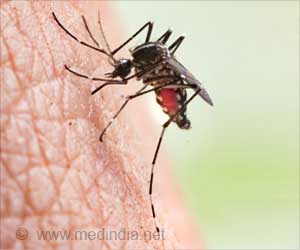New study findings suggest that pets are coming into contact with aromatic amines that leach from products in their household environment.

‘The common harmful chemicals were found in almost 70 percent of those found in dogs and nearly 80 percent of those found in cats.’





If they are getting exposed to toxins in our homes, then we had better take a closer look at our exposure.The chemicals called aromatic amines found in tobacco smoke and dyes used in cosmetics, textiles, and plastics are known to cause cancer tied to the bladder, colorectal.
To explore their source, researchers at NYU Grossman School of Medicine identified eight types of aromatic amines in stool samples collected from dozens of dogs and cats. It also found traces of the chemicals in more than 38% of urine samples taken from a separate group of pets.
The results also suggest that such exposures are indirect in pets.
For the investigation, the research team collected urine samples from 42 dogs and 21 cats living in private households, veterinary hospitals, and animal shelters in Albany, NY. They also collected fecal samples from another 77 pets living in the same region.
Advertisement
Among the findings were that cats had at least triple the concentrations of aromatic amines in their urine as dogs, although the study authors say both greater exposure and differences in metabolism between the two species likely play a role in the concentrations of the chemicals found. Notably, cats do not break down many compounds as efficiently as dogs.
Advertisement
Researchers also caution that it remains unclear what aromatic amine levels can be safely tolerated by pets, and so far, no limit has been set by regulatory organizations for their protection.
They plan to explore in the future the link between aromatic amine exposure and bladder, thyroid, and testicular cancer in pets.
Source-Medindia













